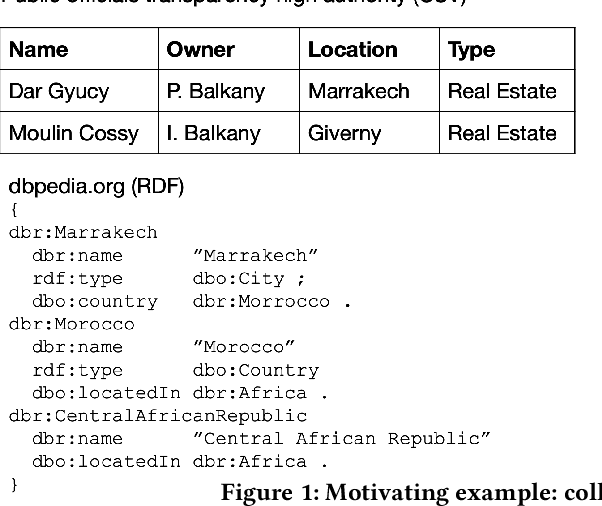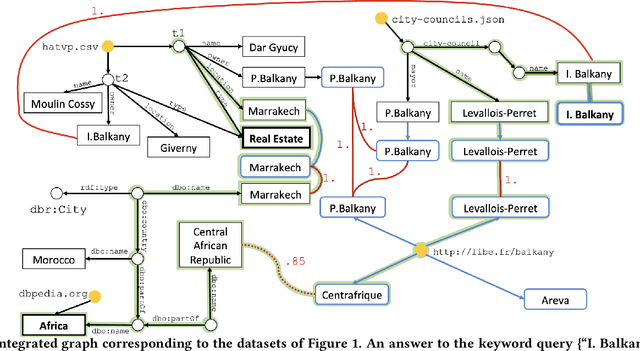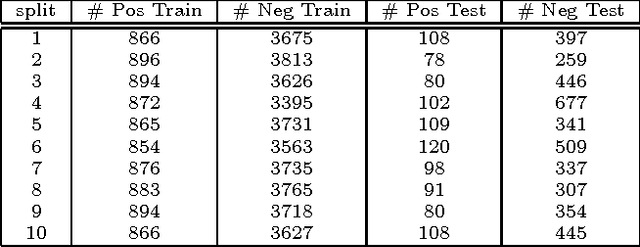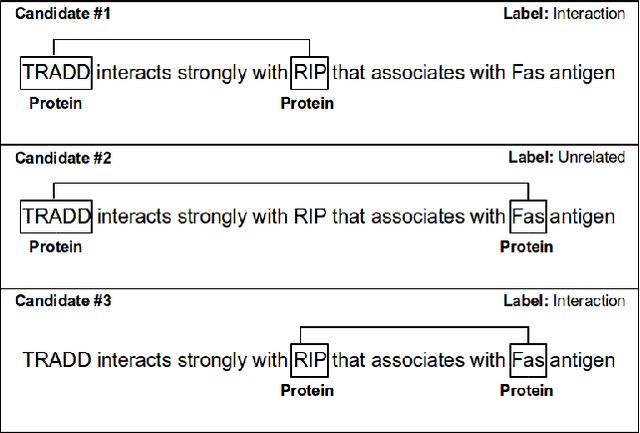Helena Galhardas
INESC-ID, IST
Graph integration of structured, semistructured and unstructured data for data journalism
Dec 16, 2020



Abstract:Digital data is a gold mine for modern journalism. However, datasets which interest journalists are extremely heterogeneous, ranging from highly structured (relational databases), semi-structured (JSON, XML, HTML), graphs (e.g., RDF), and text. Journalists (and other classes of users lacking advanced IT expertise, such as most non-governmental-organizations, or small public administrations) need to be able to make sense of such heterogeneous corpora, even if they lack the ability to define and deploy custom extract-transform-load workflows, especially for dynamically varying sets of data sources. We describe a complete approach for integrating dynamic sets of heterogeneous datasets along the lines described above: the challenges we faced to make such graphs useful, allow their integration to scale, and the solutions we proposed for these problems. Our approach is implemented within the ConnectionLens system; we validate it through a set of experiments.
A Labeled Graph Kernel for Relationship Extraction
Feb 20, 2013



Abstract:In this paper, we propose an approach for Relationship Extraction (RE) based on labeled graph kernels. The kernel we propose is a particularization of a random walk kernel that exploits two properties previously studied in the RE literature: (i) the words between the candidate entities or connecting them in a syntactic representation are particularly likely to carry information regarding the relationship; and (ii) combining information from distinct sources in a kernel may help the RE system make better decisions. We performed experiments on a dataset of protein-protein interactions and the results show that our approach obtains effectiveness values that are comparable with the state-of-the art kernel methods. Moreover, our approach is able to outperform the state-of-the-art kernels when combined with other kernel methods.
 Add to Chrome
Add to Chrome Add to Firefox
Add to Firefox Add to Edge
Add to Edge